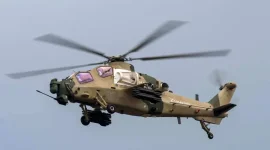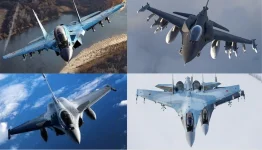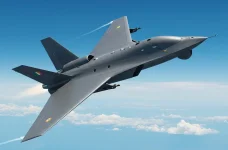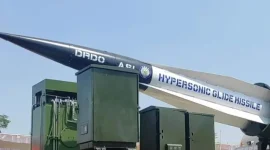- Views: 4K
- Replies: 59

China's Chengdu J-20, a fifth-generation, twin-engine fighter jet, is being produced at an accelerated pace, with estimates reaching 120 units per year.
This rapid expansion of the J-20 fleet, potentially exceeding 1,000 aircraft, has raised significant security concerns among international analysts, particularly in neighboring India.
The J-20, the world's largest fighter jet in its class, boasts a substantial range due to its size.
Experts speculate that its internal fuel capacity of 11,000 kg allows for missions deep into Indian territory without external fuel tanks. This, coupled with a speculated combat range of 2,000 km, poses a potential threat to Indian defense.
Additionally, the J-20's large internal fuel capacity suggests the potential for carrying air-launched cruise missiles. This capability, if confirmed, could enable strikes on targets deep within India, including major cities like Delhi and Kolkata.
The J-20's emphasis on stealth technology, advanced sensors, information fusion capabilities, and network connectivity further enhance its potential threat to air defense systems.
However, some aspects of the J-20 remain unclear. The true capabilities of its Chinese-made WS-15 engine are yet to be fully revealed, and the effectiveness of its stealth technology in real-world scenarios needs further testing.
India is closely monitoring the J-20's development and is expected to take appropriate measures to address any potential security threats. This could involve enhancing its air defense systems, forging strategic partnerships, or acquiring new generation fighter jets.





